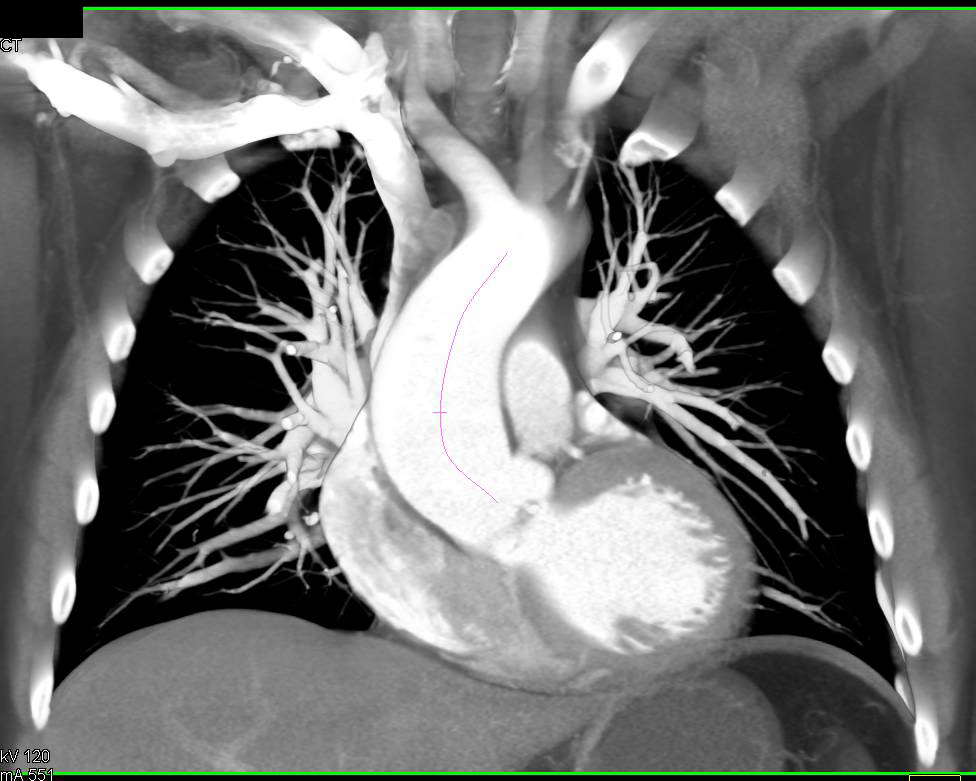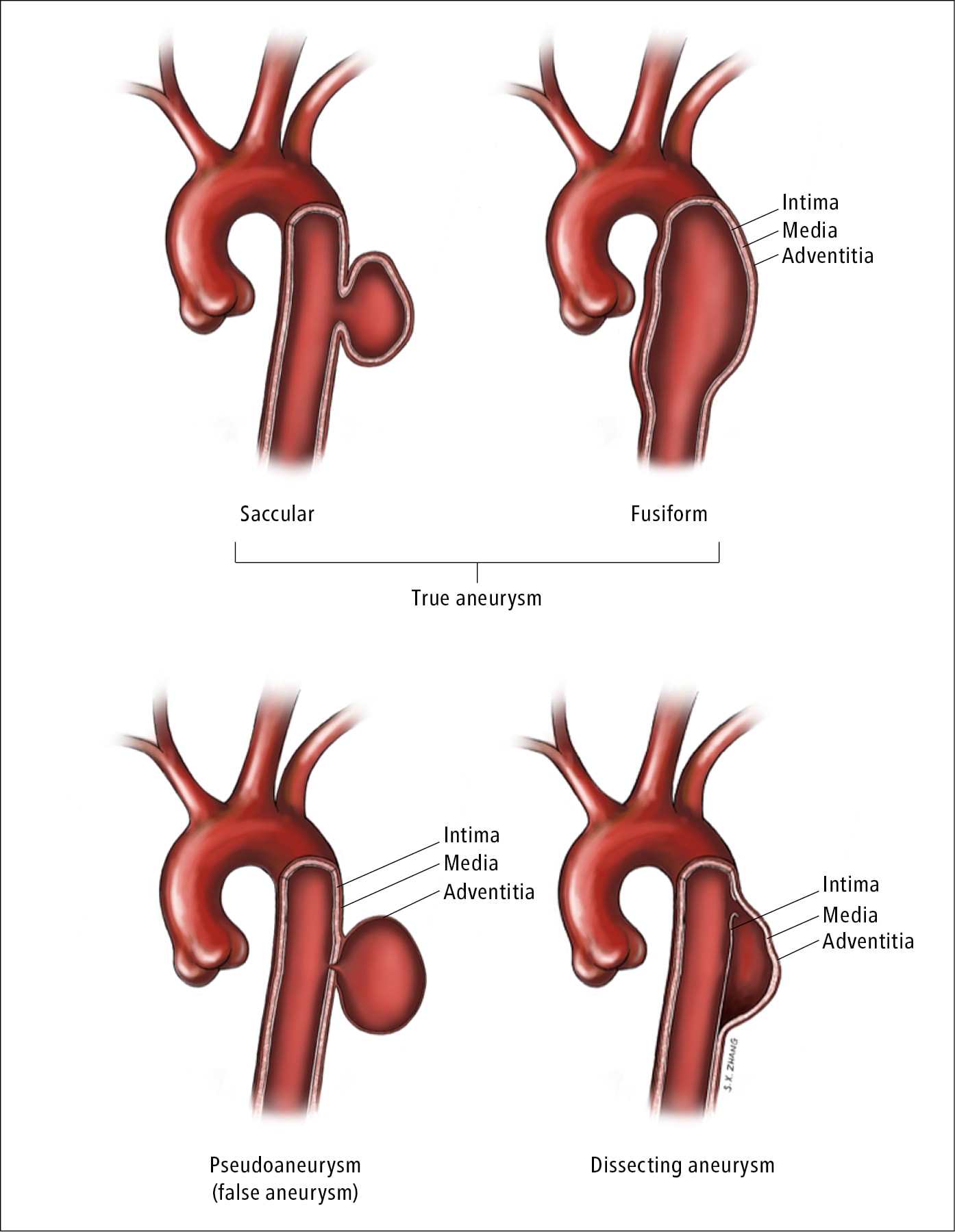

In MFS, there was dilation of the dissected arch after repair for type A dissection or more rapid progression after type B dissection with a retrograde component.However, the mode of failure was different: The researchers also report that the average time interval between initial aortic root repair and secondary arch repair was similar in the LDS and MFS groups. The Case for Aggressive Initial Intervention in LDS Patients with LDS who needed any type of secondary aortic arch intervention had worse survival than those who did not (6% vs. Six of those 10 deaths occurred in patients who had TAR at some point. Three of the 79 patients in the LDS group died in-hospital and there were seven late deaths. 0004).Īll told, LDS was associated with a threefold higher risk of secondary intervention compared with MDS. 04), as was the need for secondary aortic surgery (12% vs. Conversely, among patients who never had AAD, the need for arch repair at initial root surgery was significantly greater with LDS than MFS (5% vs. The risk of secondary arch intervention among patients who had AAD was similar in the LDS and MFS groups (46% vs. Group 4: 230 patients with MFS who never had AAD - one patient needed primary HAR, and three had secondary TAR.Group 3: 26 patients with MFS who had AAD at initial presentation or during follow-up - 10 patients required primary HAR or TAR, and 13 underwent secondary TAR.Group 2: 67 patients with LDS who never had AAD - three patients underwent primary HAR or TAR, and eight patients had to undergo secondary HAR or TAR.Group 1: 12 patients with LDS who had acute aortic dissection (AAD) at initial presentation or during follow-up - seven patients had some form of aortic arch intervention: one had primary hemiarch replacement (HAR) and six had a secondary total arch replacement (TAR).Secondary interventions were any aortic arch surgery after aortic root and/or ascending aorta replacement. Primary arch interventions were those performed at the time of aortic root and/or ascending aortic surgery. The researchers divided the patients into four groups for analysis of aortic arch intervention. The average length of follow-up was 6.2 years for LDS patients and 6.7 years for MFS patients. The researchers conducted telephone interviews with the patient, a family member or the primary care physician and performed a detailed chart review in all patients. The article discusses the thresholds for surgery and surgical techniques. The researchers retrospectively analyzed 335 patients with LDS or MFS who underwent elective or emergent aortic surgery between 19. In The Journal of Thoracic and Cardiovascular Surgery, the team reports how that finding has changed its approach to management. Cameron, MD, it was found that patients with LDS who undergo elective root repair are at higher risk than patients with MFS of needing subsequent arch interventions. In research conducted at Johns Hopkins Medical Center led by Massachusetts General Hospital cardiac surgeon Duke E. However, LDS has a more aggressive clinical course. Patients with MFS who undergo elective root surgery are at low-risk of needing reintervention on the aortic arch unless they develop Stanford type B dissection.

In both syndromes, early elective repair of the aortic root is typically performed to protect against dissection.Įxperts disagree about whether the aortic arch should be repaired at the time of aortic root intervention. Like Marfan syndrome (MFS), Loeys–Dietz syndrome (LDS) is a genetic connective tissue disorder that predisposes patients to aortic aneurysms, putting them at risk of aortic dissection. Error: Please enter a valid email address.


 0 kommentar(er)
0 kommentar(er)
